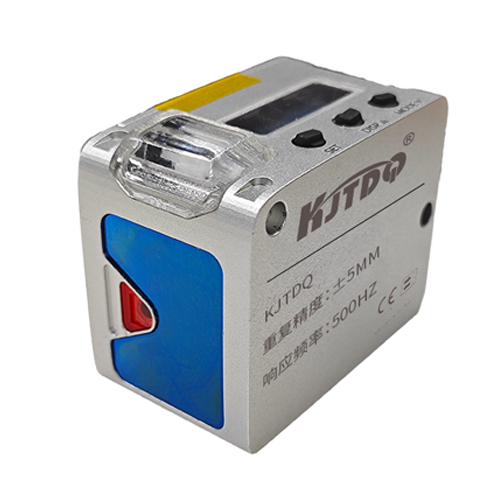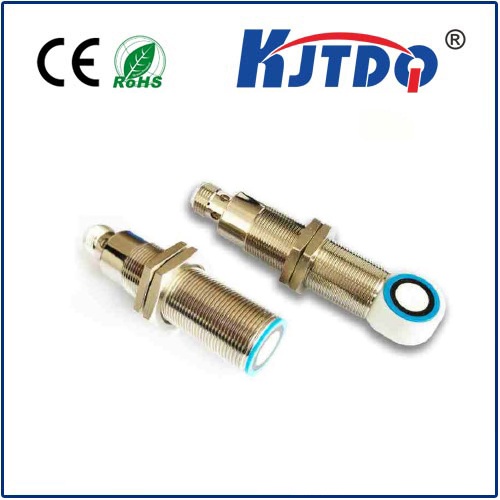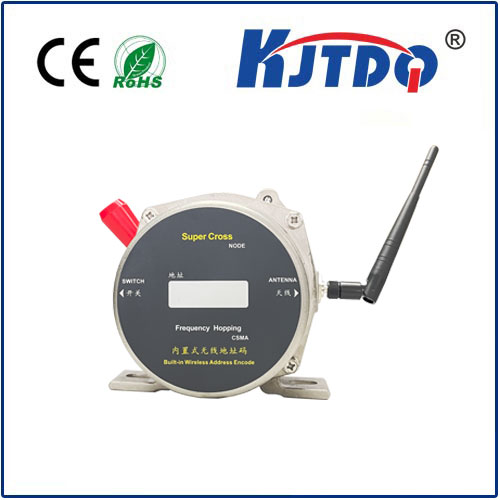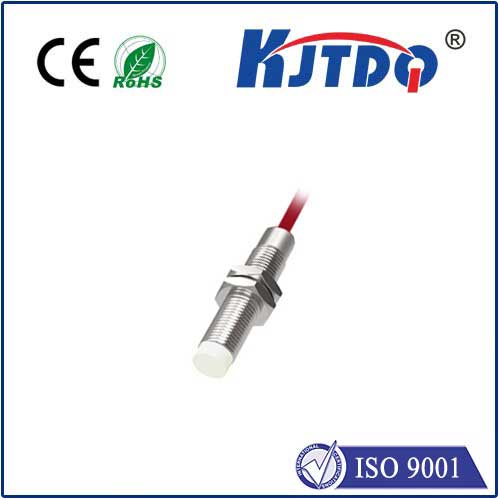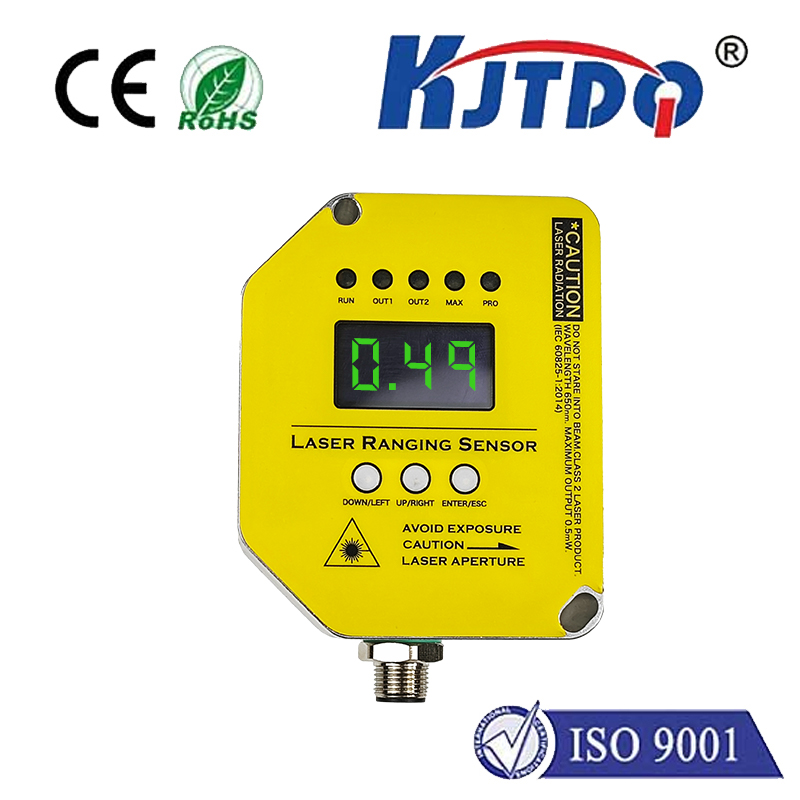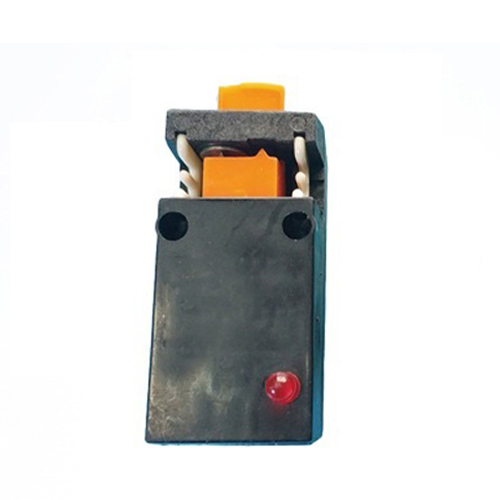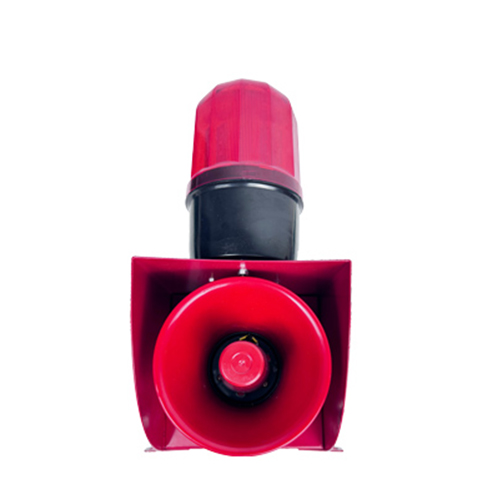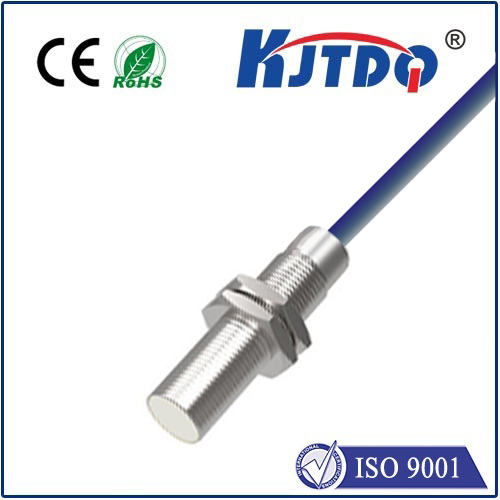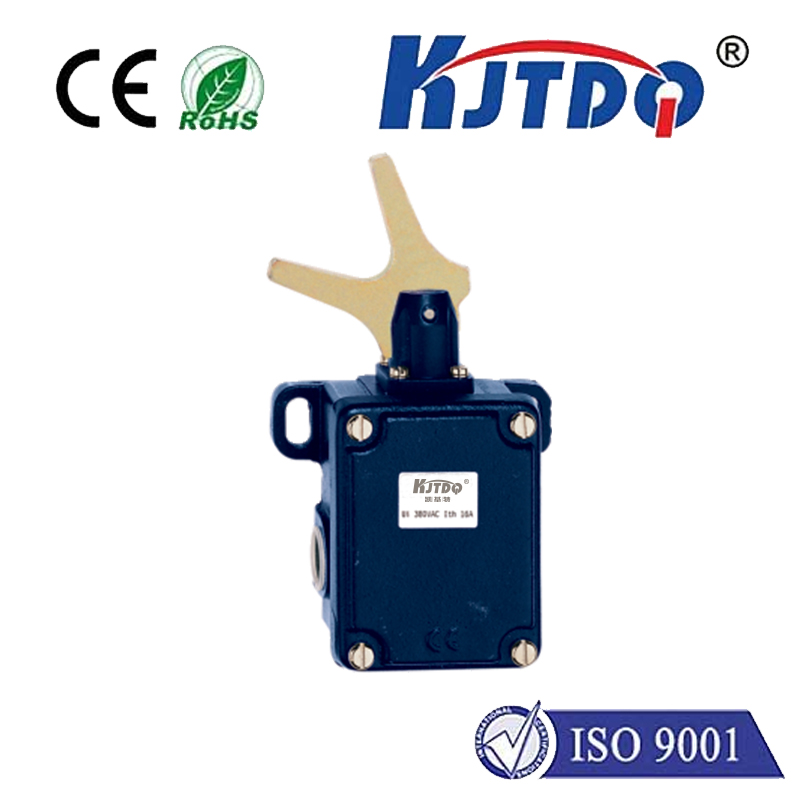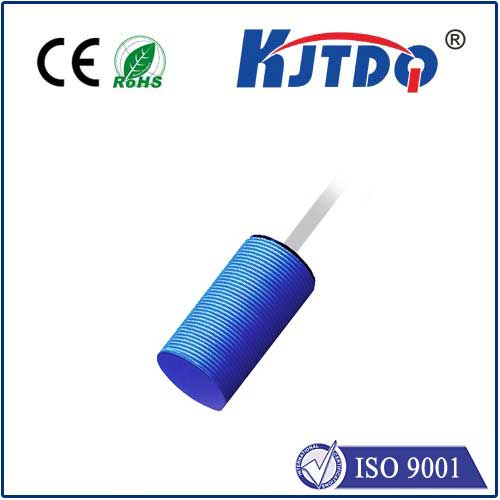

check

check

check

check

check

check

check

check

check

check

The world of electronic devices is a vast and intricate one, filled with countless components that work together to perform an assortment of tasks. One such component that has been gaining a lot of attention lately is the Photoelectric Sensor NPN. In this article, we will delve into what makes this sensor unique and explore its various applications. Photoelectric Sensor NPN: A Basic Understanding To start with, let’s begin by understanding what a Photoelectric Sensor NPN actually is. Simply put, it is a type of electronic sensor that detects the presence or absence of an object by measuring the amount of light reflected from it. The “NPN” in its name stands for “Negative-Positive-Negative”, which refers to the configuration of the transistors within the sensor. How Does a Photoelectric Sensor NPN Work? A photoelectric sensor NPN works on the principle of emitting a beam of light and then measuring the amount of that light which is reflected back. If an object obstructs the path of this light beam, some of the light gets reflected back towards the sensor. The sensor then analyses this reflected light to determine the presence or absence of an object. Applications of Photoelectric Sensor NPN Now that we have a basic understanding of what a Photoelectric Sensor NPN is, let’s take a look at some of its applications:
